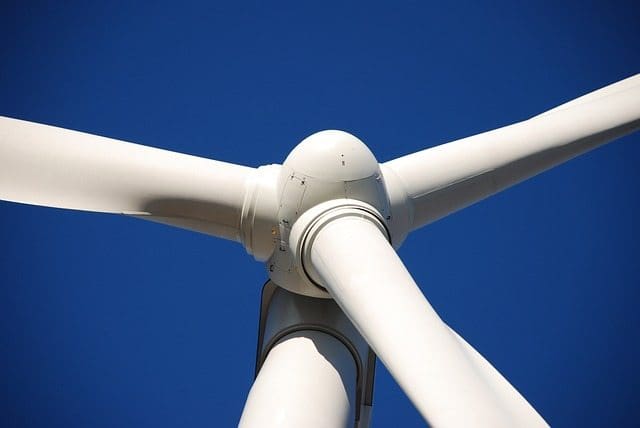
If there was an active oil pump jack or two on every farm in the province, we likely wouldn’t be worried about latest jobs numbers.
However, if there were a pump jack or two on every farm, we would still likely have to worry about greenhouse gas (GHG) emissions.
Now, many people – perhaps many people in rural Saskatchewan whose livelihoods do depend on agriculture, oil and gas, or mining – may still subscribe to the notion that GHG is not a problem that’s led to man-made global warming.
But let’s be clear that that’s not even the position of the Saskatchewan Party government that’s been the staunchest opponent to Prime Minister Justin Trudeau’s $50-a-tonne (by 2022) carbon tax.
[emember_protected for=”2″ custom_msg=’For more on this story, please see the Dec. 8 print edition of The Cross Roads.’]
Consider what Premier Brad Wall’s government said it would do and what it has actually done to address GHG emissions.
In the Sask. Party’s 2007 election campaign platform, it promised that its government would stabilize GHGs emissions by 2010 and reduce GHG emissions by 32 per cent by 2020.
Wall’s government also invested $1.4 billion in the $1.6-billion Boundary Dam carbon capture and storage – a massive financial expenditure.
The Wall government passed the 2010 Management and Reduction of Greenhouse Gases Act aimed at tracking and limiting emissions and forced emitters to pay into a technology fund. (Essentially, this, too, was a form of carbon pricing, although the government doesn’t like to acknowledge that.)
In October 2016, Wall responded to the federal carbon tax with the White Paper on Climate Change. “We should be focusing our efforts on innovation and adaptation, not taxation,” Wall said last year.
And last week, Environment Minister Dustin Duncan released the Prairie Resilience: A Made-in-Saskatchewan Climate Change Strategy. It addresses the impact of climate change on Saskatchewan, lowers the definition of a “heavy emitter” as 25,000 tonnes of CO2 annually rather than 50,000 tonnes, and calls for additional monitoring of GHG emissions.
And Duncan hinted after his announcement that there would be more to come.
So accepting that even a provincial government vehemently opposed to a carbon tax has recognized and acted on the need to reduce GHG emissions, how should we make the best of this situation?
Well, let’s consider another huge problem in the province right now – 6,400 fewer Saskatchewan people are working in November compared with a year earlier.
It’s an ongoing problem that the province’s foremost statistician Doug Elliott calls a “job recession.” And those hardest hit by this downturn are in the rural south half of the province, where employment in November was down five to seven per cent. In Regina and Saskatoon, jobs have actually increased by about two per cent.
So what can be done?
Well, without even looking at the hard-hit oil, gas, mining and even agriculture sectors, could we begin with alternative cleaner energy sources to meet our electrical needs?
Wouldn’t this make sense in a province where 19 per cent of the GHG emissions are a result of burning coal for electrical generation?
We can’t have pump jacks in every farmyard. But could we have a windmill or solar source that every farmer could use to generate his own power and perhaps even sell excess back to the Sask. Power grid?
Surely there are smarter people than me out there with better ideas.
There are likely few people on the planet more resilient that Saskatchewan settlers who built their homes from the dirt and burned cow chips to heat them.
If there are, they are likely First Nations people who survived this climate for millennia before.
With our collective wisdom, we can find innovative ways to create cleaner energy that produce jobs like building windmills at a time when building pipe is slowing down.
It’s a problem but there are innovative solutions.

